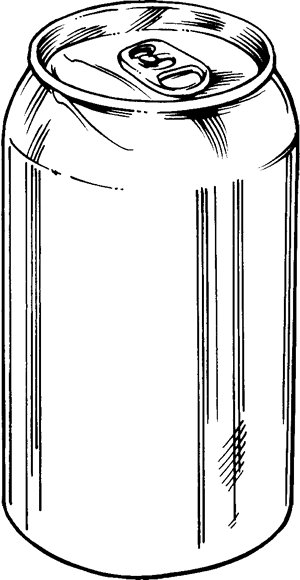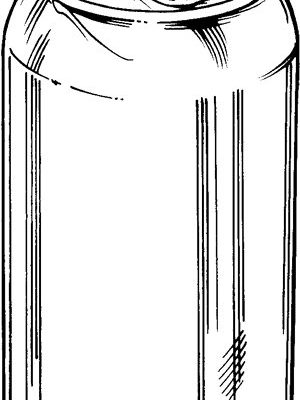
When we think of trout, we often picture fishing rods, rivers, and maybe even a peaceful day by the water. But how safe is it to interact with these beautiful fish? Are there ways to observe them without disturbing their habitat? In this article, we’ll dive deeper into how humans can interact with trout in a safe and respectful manner. So, grab a cup of coffee, sit back, and let’s explore the wonderful world of trout together.
Understanding Trout Habitats
Trout live in various habitats, primarily in clean, cold rivers and lakes. They need specific conditions to thrive, including clear water, a good supply of oxygen, and the right temperature. When you’re thinking about interacting with trout, it’s essential to understand where they live.
Trout prefer areas with plenty of rocks and vegetation, which provide shelter and food. These spots are like homes for them—full of nooks and crannies to hide from predators and areas to find their next meal. If you ever decide to observe trout in the wild, pick a location where they naturally reside. It’s a lot like choosing a café to meet a friend; the right setting can make all the difference!
Safe Observation Techniques
If you’re curious about watching trout up close, there are some safe ways to do it. One of the best methods is to find a cozy spot along the bank and be patient. Here’s a simple step-by-step approach:
- Quietly Approach: Move slowly and quietly. Make sure not to splash or make loud noises that could scare them away.
- Use Polarized Sunglasses: These help reduce glare from the water. You can see the fish without disturbing them.
- Observe from a Distance: Give the trout space. Watching them from a distance can help you see their natural behavior without intruding.
Honestly, it’s all about being respectful of their environment. Remember, trout are wild animals, and they can get startled easily.
The Importance of Catch and Release
If you’re fishing for trout, consider practicing catch and release. This technique allows anglers to enjoy the thrill of fishing while ensuring that the trout can continue to thrive in their habitat. Here’s why it matters:
- Conservation: Catch and release helps maintain trout populations. Overfishing can lead to declines, but by returning fish to the water, we give them a chance to live and reproduce.
- Less Stress for Fish: When done correctly, catch and release can minimize stress on the fish. Handle them gently and quickly release them back into the water.
- A Better Fishing Experience: More fish in the water means more opportunities for everyone. By preserving the trout, we help future generations enjoy fishing too!
You might be wondering what’s the best way to ensure a successful catch and release. The key is to keep the fish in the water as much as possible and make the release process quick and gentle.
Common Mistakes to Avoid
Even well-intentioned anglers or observers can accidentally harm trout. Here are some common pitfalls to avoid:
- Touching the Fish Too Much: Trout have a protective slime coating that helps keep them healthy. Excessive handling can remove this layer.
- Using the Wrong Gear: Make sure your fishing gear is suitable for trout. If it’s too heavy, it can endanger the fish.
- Ignoring Local Regulations: Each location may have specific rules about fishing seasons and sizes. Always check them to avoid unintentional harm.
Let me explain: it’s a bit like borrowing a friend’s favorite book. If you don’t treat it well, it might not be in a condition to lend again. The same goes for trout and their habitats.
Creating a Healthy Environment for Trout
If you’re passionate about trout, consider ways to support their habitats. Here are some easy actions anyone can take:
- Keep Water Bodies Clean: Dispose of trash properly and avoid leaving hooks or line behind. Fish can get tangled, which harms them.
- Plant Native Vegetation: If you live near a water source, planting native plants can provide shade and food for trout.
- Advocate for Conservation: Join local groups or initiatives focused on preserving freshwater ecosystems. Your voice can make a difference!
Here’s the thing: by taking small steps, you can contribute to a healthier environment that supports trout and many other species.
Engaging with Trout in Aquariums
If you’re more inclined to interact with trout in a controlled setting, consider visiting an aquarium. Here, the trout can be closely monitored, and you can learn about them without causing stress. Watching them swim in large tanks gives you a chance to appreciate their beauty and behavior without the risks associated with wild environments.
Aquariums often provide educational programs, so you can deepen your understanding of trout and their ecosystems. Plus, it’s a great family-friendly activity! You might even find special events where you can learn to care for trout or other fish.
Final Thoughts on Safe Interaction with Trout
Interacting with trout can be an enriching experience—whether you’re fishing, observing, or simply enjoying their beauty in an aquarium. By understanding their habitats, practicing safe observation techniques, and respecting their environment, you can make a positive impact. Remember that these fish are living beings that deserve care and respect, much like our friends and family.
In the end, it’s all about balance. You can enjoy the extraordinary world of trout while ensuring they thrive for generations to come. So, next time you’re near water, keep these tips in mind. You’ll be able to appreciate the delicate dance of trout while knowing you’re doing your part to protect them.

